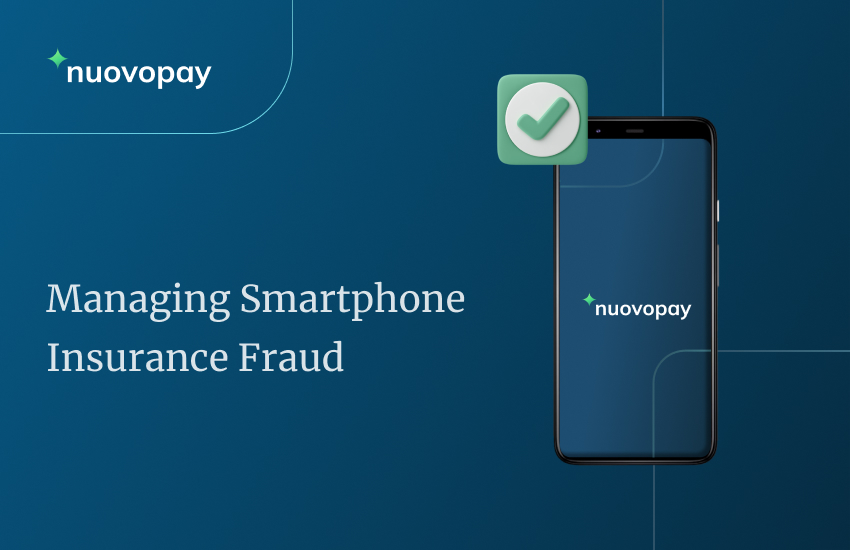With more expensive smartphones rolling out of the stores, the demand for smartphone insurance is also rising. This has also created a new opportunity for small-time scammers to cheat insurers through smartphone insurance fraud.

What is Smartphone Insurance?
The increasing number of phone thefts, accidental damage, and device malfunction is pushing customers to look for ways to safeguard their mobile phones. A smartphone insurance policy usually covers physical damage, internal coverage failure, theft and loss protection, and theft and loss protection.
The cost of smartphone insurance can vary based on the make, model, age of the handset, and insurance provider.
When buying mobile phone insurance, customers will pay a monthly or annual premium, and if the handset is damaged, lost, or stolen, they will be able to repair or replace it for a fraction of the phone’s market value by paying a deductible.
The Growth in Smartphone Insurance Fraud
The rise in phone insurance has led to an increase in fraudulent insurance claims. Individuals make a false claim with an insurer. Smartphone insurance fraud aims to recover monetary payments for losses individuals do not have a legal claim to.
Industry experts claim that 40 percent of mobile insurance claims are fraudulent, most of them for lost devices and accidental damage claims.
According to the California Department of Insurance, a delinquent claimed 35 fraudulent mobile phone loss claims, collected the money from the claims, and then sold the phones he claimed as lost, profiting from the insurance claims and sales. The fraud took place over three years.
Fighting Smartphone Insurance Fraud
- Training and awareness. Insurance claim handlers are trained to identify suspicious behavior and bring out potentially fraudulent claims. For example, customers try to file claims with several insurers for the same mobile device.
If there are gaps in the stories or background checks, then the claims handler red flags the claim and prevents the request from being processed.
- Remote locking technology. Smartphone insurance fraud occurs when the loss or theft policy is exploited. For example, customers who claim to lose their phones and demand financial support as per the policy, may not always be the truth. Insurance companies want to expedite such requests so customers can purchase another phone without delay.
However, many companies are reluctant to do so. With remote locking technology, such as Nuovopay, the lost or stolen mobile device is automatically locked before disbursing the insurance amount.
Remote locking is also used for warranty fraud. The replacement and the original mobile devices can be locked automatically. The replacement device cannot be used until the original device is returned to the mobile operator or smartphone financing provider, ensuring the replacement process is followed.
- Higher penalties and punishments. According to the Insurance Fraud Bureau, the total annual cost of insurance fraud adds up to nearly £1.6 million annually. However, the industry body does not keep specific information on the scale of smartphone insurance fraud.
In a few countries where the insurance industry is mature, the punishment for committing insurance fraud ranges from fines to confinement in jail. Elsewhere, lack of effective insurance fraud burns multi-million dollar holes in the insurance industry’s pocket.
Companies should implement a zero-tolerance policy, where fraudsters should be blacklisted from purchasing smartphone insurance from any company in the future.
Read more: A Quintessential Guide To Device Financing
Wrapping Up
As the lifecycle of phones increases with time, warranties with limited coverage will not meet the needs of the customers, increasing the demand for smartphone insurance. Smartphone insurance fraud not only hurts insurance companies but losses are also passed on to legitimate customers in the form of increased premiums. To minimize fraudulent claims, insurers should onboard technology to protect themselves from fraudulent claims.





